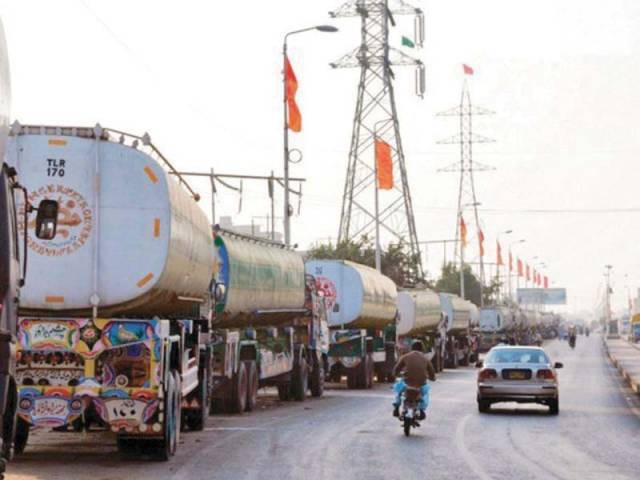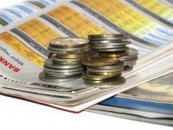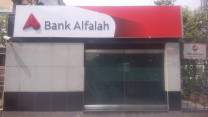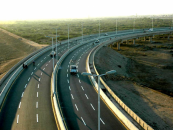Margins of oil firms, dealers rise up to 271%, reveals regulator
OGRA doesn’t favour linking oil margins with CPI

OGRA doesn’t favour linking oil margins with CPI. PHOTO: FILE
Resisting the Ministry of Petroleum’s plan for a further increase in margins in the face of sharply lower oil prices, the regulator, in its opinion for consideration of the Economic Coordination Committee (ECC), argued that the current international crude prices stood more or less at the same level as in 2008 and early 2009.
Since 2009, according to Ogra, the margins of oil marketing companies (OMCs) and dealers on sale of high-speed diesel have been increased 110% and 103% respectively. On the sale of petrol, the margins have gone up 222% for the OMCs and 271% for the dealers.
This shows that the margins have risen significantly compared to 2009, though crude prices are hovering almost at the same level. Furthermore, because of the weak petroleum prices, working capital requirements of the OMCs and dealers may have come down markedly.
Ogra also highlighted that most of the OMCs had reaped handsome profits and an increase in the margins would only propel their earnings. It called for a review of the ECC’s decision, taken in October 2014, on linking the margins with the CPI.
According to Ogra, the OMCs are already being provided 20% return on their investments. The CPI primarily constitutes household goods and it may not be appropriate to consider these for calculating the increase in cost of doing business of the OMCs and dealers.
Instead, any increase and decrease in petroleum product prices are relevant in respect of revision in the margins. Crude prices have fallen sharply since November
2014 with the Arabian light crude oil plunging 67.35% during the period.
The Ministry of Petroleum has proposed a 2.7% increase in the margins, which amounts to Rs0.06 per litre on petrol and high-speed diesel for the OMCs and Rs0.08 per litre on petrol and Rs0.07 on diesel for the dealers.
If the ECC approves the proposal, OMCs’ margins on petrol and diesel will rise from Rs2.35 to Rs2.41 per litre and dealers’ margins will rise from Rs3.08 to Rs3.16 on petrol and from Rs2.60 to Rs2.67 on diesel.
Earlier, the ECC in its October 2014 meeting agreed on an upward revision in the margins that came into effect in November of that year. According to this decision, the margins of OMCs were increased by Rs0.12 and Rs0.49 per litre on petrol and diesel respectively. Dealers’ margins went up Rs0.30 on the two oil products.
The ECC also decided that the margins would be linked with the CPI after an interval of one year.
The OMCs argue that their margins should have been revised in November 2015 in line with the ECC decision and are now seeking a revision that is more than the changes recorded in the CPI because of the delay.
They are demanding an increase of Rs0.10 in margins on every litre of petrol and diesel, which will also cover the cost of infrastructure investments made by the companies over time.
On their part, the dealers suggest that their margins should be set in line with a report of the Pakistan Institute of Development Economics (PIDE). According to the report, the margins should be at 4-5% of the sale price of petrol and diesel, which amounts to Rs3.79 and Rs2.85 per litre respectively.
They point out that the institute’s recommendations are about two-years old, therefore the margins should be about 10% of the sale price.
Published in The Express Tribune, April 16th, 2016.
Like Business on Facebook, follow @TribuneBiz on Twitter to stay informed and join in the conversation.



















COMMENTS
Comments are moderated and generally will be posted if they are on-topic and not abusive.
For more information, please see our Comments FAQ